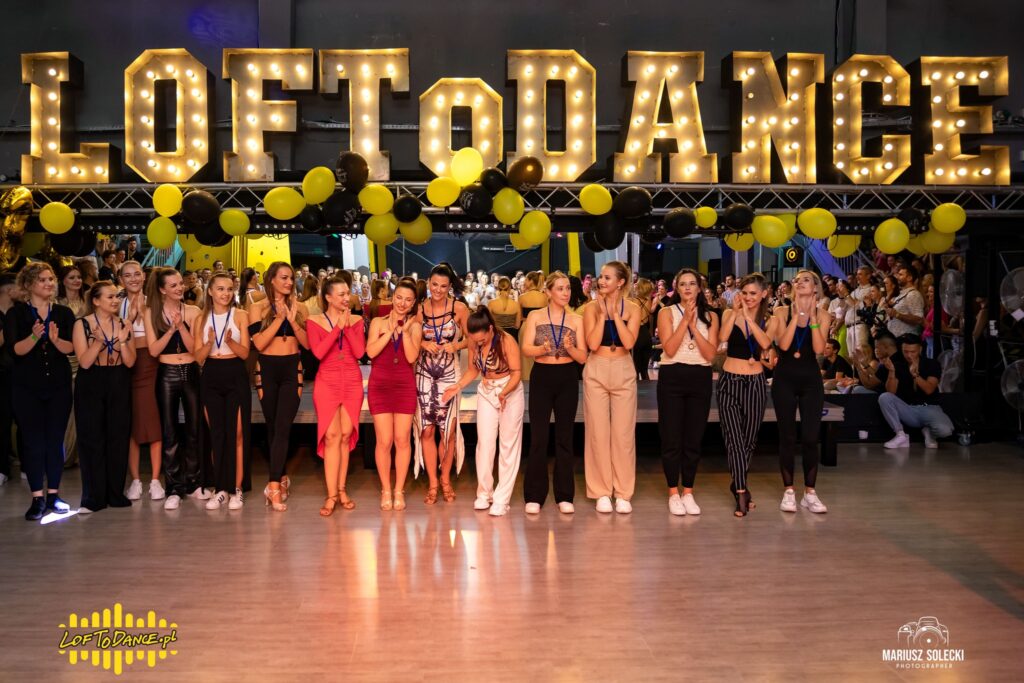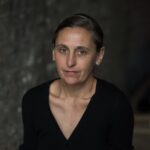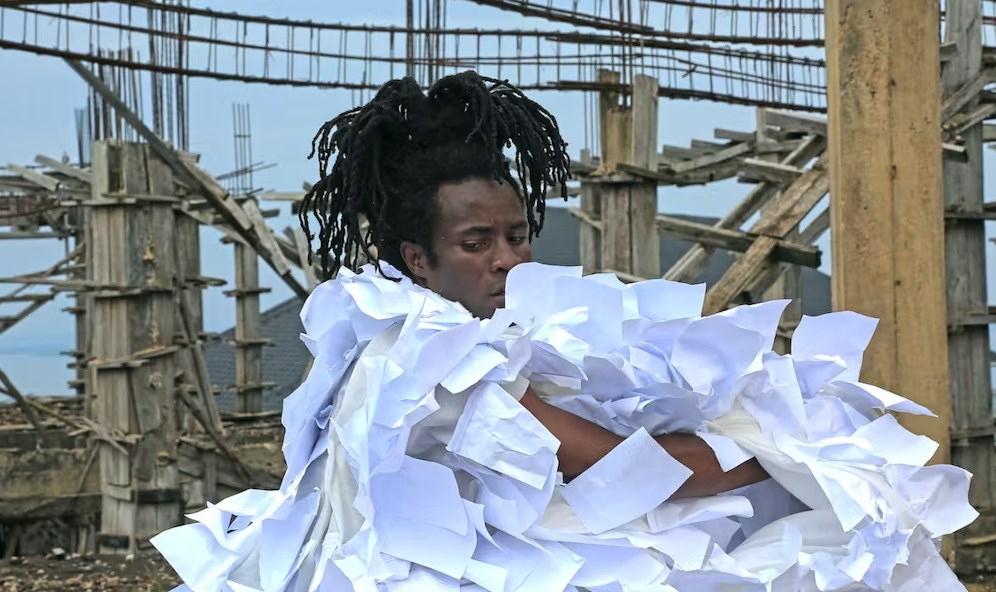Africa’s most celebrated dancer and choreographer, Germaine Acogny, turns 80 on 28 May. I have had the privilege of meeting the Senegalese artist, learning from her, and interviewing her as part of my ongoing research into African contemporary dance.
This is a hymn to an African woman who has inspired not only African dancers but a global community of artists to think differently about who they are, their bodies, their skin, and indeed the way they move.
In a continent plagued by legacies of colonisation, racism and patriarchy, Acogny has risen up as a female artist who has defied stereotypes around her Blackness, her femaleness and her long tall body, to become one of the world’s most revered dance makers.
Who is Germaine Acogny?
Born in 1944 in Porto Novo in Benin, Acogny moved with her family and settled in Senegal as a young girl. She is often referred to as Africa’s mother of contemporary dance, because of her long performing, teaching and choreographic career. She has built the legacy of a dance company, Jant-Bi, and her now globally recognised school and dance centre in Toubab Dialaw, Senegal, called École des Sables (Place in the Sand).
As a young girl in Dakar, Acogny attended Catholic school. Feeling alienated from the language, the religion and the colonial rituals, she took refuge in sport. This eventually led to her attending the Simon Siegel School for dance and sport in Paris in 1962. She set out to become a physical training teacher.
Encountering western dance for the first time, and being the only Black (and African) student in her class, she was made to feel that she was not “right” and her shape was “wrong”. Instead of being defeated, Acogny began to invent movements that corresponded to her own body. She told me:
I have taken my flat feet, my big behind and African woman’s hips, my tall west African body, and made this the centre.
A meeting with African American dancer Katherine Dunham, who was trying to establish a dance school in Senegal, was the final impetus for Acogny in her journey to find a dance language that spoke to her. The Germaine Acogny technique is now celebrated as one the first codified systems for training African urban or contemporary dancers.
Acogny has received numerous awards, among them a Golden Lion at the Venice Biennale and a Bessie Award in New York. She has been bestowed with multiple honours from the governments of both Senegal and France.
And she continues to tour the world with her work. While much of the running of her school now rests on her son Patrick Acogny, she also continues to teach and share her dance wisdom globally.
Contribution to contemporary dance
Understanding what Acogny has done for both dance training and performance leads to a reflection on the nature of contemporary dance. Difficult to define, contemporary dance is an open form with the intention to create new dance languages that engage the “contemporary” (the current moment).
In Africa this is a rich interplay between traditional dance forms, European and American modern dance histories and methodologies, and the ongoing search for authentic contemporary African voices that speak to ideas of culture, politics, self and identity.
South African dance writer Adrienne Sichel notes that this definition could further include contemporary dance’s “invention and reinvention of artistic and cultural forms and functions and its ability to disrupt, displace, connect and survive”.
Acogny was one of the first African dance makers to openly disrupt the European norm of a white, rail thin, weightless female dancing body. She actively sought ways to express her own Blackness and her own west African dance rhythms, and indeed her own gendered journey to finding a voice for herself. Her work often reflects on her own history and her embodied understanding that women’s bodies are often the greatest spoils of war, genocide and patriarchy.
Two great works
With her belief that we carry our histories in our bodies, two of Acogny’s dance works in particular stand out.
The first is a collaboration with Japanese dance maker Kota Yamakazi in 2004, with a work called Fagaala (Genocide). It journeys into the horrifying memory of the Rwandan genocide of 1994. This is a dance storytelling that offers a connection between the contemporary Japanese art form of Butoh (often called “the dance of death”) and Acogny’s own unique west African contemporary dance style.
In Fagaala, Acogny worked only with the male Senegalese dancers in her company and asked them to explore what it meant to be female and live through the Rwandan massacres. So, while the dancers were male, the work explored female stories. Male dancers had to physically and emotionally understand – and perform – the consequence of rape and torture, two tactics of the genocide. This means confronting the horror of men and war.
The second work is the deeply personal solo that Acogny created and performed in 2015 at the age of 71. Called Somewhere at the Beginning, this is Acogny’s journey back into her own maternal and paternal histories that criss-cross her dual west African heritages of Benin and Senegal.
She unearths the devastating visceral effects of colonial Christianity, while at the same time connecting with the suppressed power of her grandmother’s Yoruba spirituality. The work is a palimpsest of dance, video, text, and the layering of Black African female histories as she confronts loss and memory. Somewhere at the Beginning is significant not least for its unique feminist decolonial storytelling; it offers the audience the glorious, unprecedented body of an older African matriarch dancing truth to power.
As Acogny turns 80, this is an anthem of praise to the living legacy of a female dance maker who has helped shape Africa’s significant contribution to dance by rethinking bodies, histories and identity itself.
Author: Lliane Loots, Lecturer, University of KwaZulu-Natal
Source: The Conversation under a Creative Commons license. Read the original article.
Main Photo: Maarten Vanden Abeele © Pina Bausch Foundation











